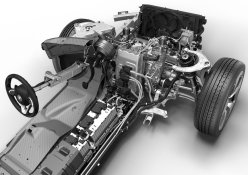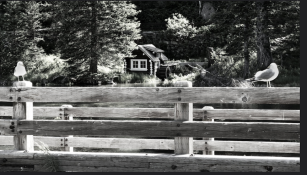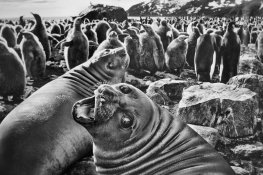I'm trying to discuss not fight.
Some photographers will look at a digital image and think, it's sharp, lots of detail, no grain and equate that to good image quality.
I have worked with technical illustrators in the past, even back in the pen & ink days where people could draw so well that at least upon first look you would think its a photograph. I have seen hyper realism paintings that at first look you'd think it was a photograph.
To me there is something about the way digital b&w renders surfaces in particular that look more like an illustration not a photograph. It often just does not look like the thing it portrays, it looks more like a drawing of the thing it portrays.
I will try to upload a couple of image to show you what I mean.
Thanks for looking.
Robert
The first is an illustration from a computer not a photograph.
The second image is a digital b&w photograph, To me the wood of the fence looks like a drawing illustration almost pen & ink or charcoal, and the hardware in the wood looks not real.
The third is a digital photograph. In particular the skin of the sea lion does not look real to me, it looks like an illustration, it has a plastic look but not even like the water resistant skin of this animal.
I have seen some lovely digital b&w photographs, but more and more, maybe due to the increase in resolution or pixel density they look like a drawing illustration, not a picture of the thing itself.
Thanks








